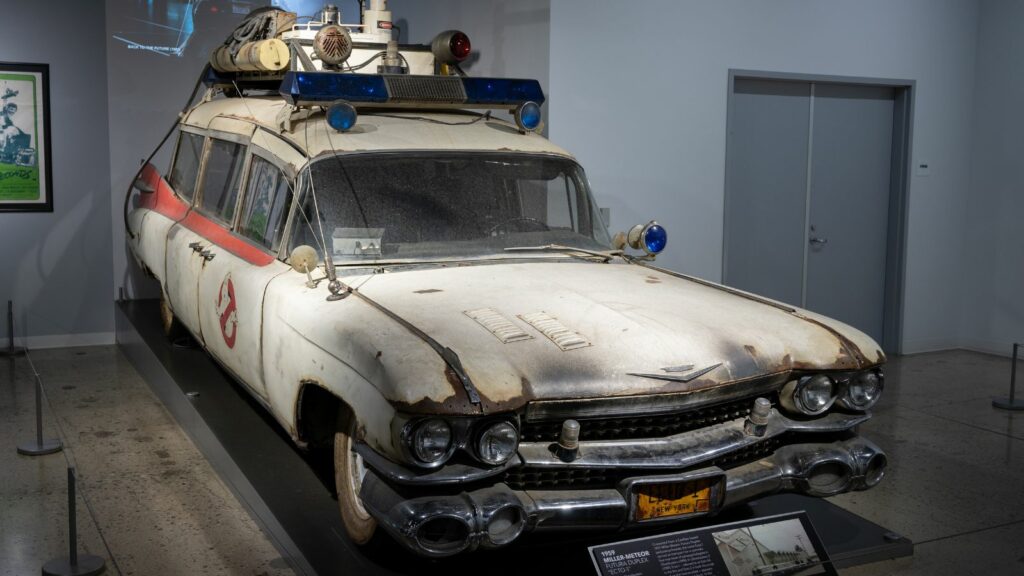Muscle cars – those glorious machines that roared through the 60s and 70s, leaving rubber and broken hearts in their wake. While the Mustangs, Camaros, and Chargers have hogged the spotlight for decades, a whole subculture of underappreciated powerhouses deserves a standing ovation. So, fasten your seatbelt and get ready for a trip down memory lane as we pay homage to 10 forgotten muscle cars that still command our respect.
1970 AMC Rebel Machine

When you think of American Motors Corporation, “muscle car” isn’t the first term that comes to mind. Enter the 1970 AMC Rebel Machine, a brash, red, white, and blue brawler that looked like it raided Captain America’s wardrobe. Beneath its patriotic paint job lurked a 390 cubic inch V8 engine pumping out 340 horsepower. The Rebel Machine was more than just a loudmouth – it could back up its brash looks with a 0-60 time of 6.4 seconds. This underdog didn’t just talk the talk; it walked the walk, leaving many a cocky Camaro owner scratching their heads at the next stoplight.
1971 Plymouth GTX
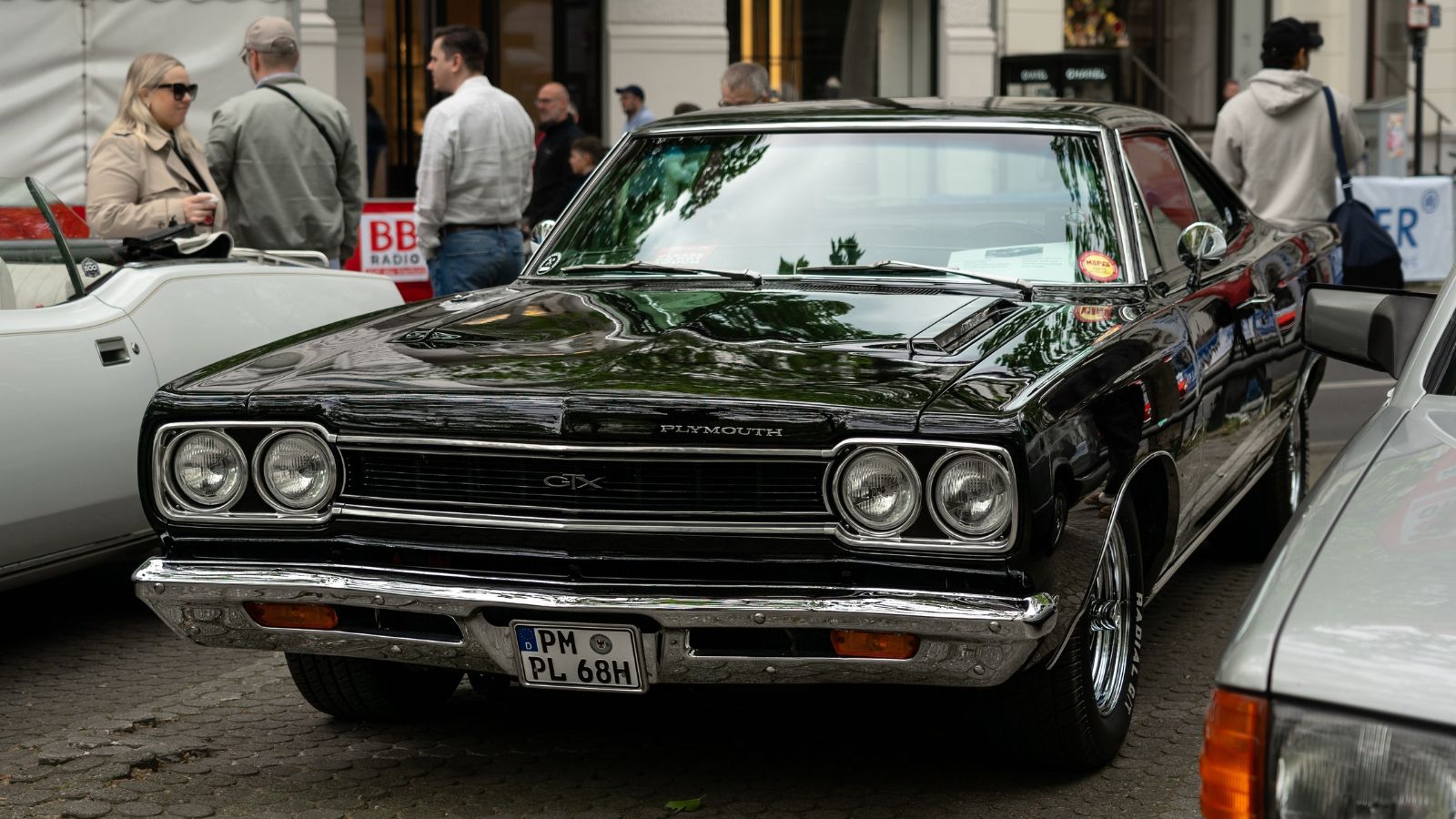
The Plymouth GTX often played second fiddle to its flashier cousin, the Road Runner, but make no mistake – the GTX was no slouch. The model sported a 440 cubic inch V8 engine with an optional 426 Hemi, capable of delivering a spine-tingling 425 horsepower. It wasn’t just about brute strength; the GTX combined luxury and performance, offering features like high-back bucket seats and a hood-mounted tachometer. Think of it as the Tony Stark of muscle cars: suave, sophisticated, and capable of handling business when the situation demands.
1969 Mercury Cyclone CJ

The Mercury Cyclone CJ (for “Cobra Jet”) is a classic case of “What could have been.” Sporting a 428 cubic inch Cobra Jet V8 engine that churned out 335 horsepower, the Cyclone CJ was built for speed. Its sleek, aerodynamic body hinted at its NASCAR ambitions, but it never quite reached the fame of its peers. This car was a sleeper hit, capable of impressive quarter-mile times and boasting handling that belied its hefty frame. It’s the muscle car equivalent of a secret agent: smooth, powerful, and dangerously overlooked.
1968 Oldsmobile 442 W-30

Oldsmobile might be your grandpa’s favorite car brand, but the 1968 442 W-30 was anything but geriatric. The “442” stood for four-barrel carburetor, four-speed manual transmission, and dual exhausts – a recipe for serious street cred. The W-30 package added a fiberglass hood, cold air induction, and a 360 horsepower V8 engine that could make even the most jaded gearhead smile. It’s the muscle car that gave Oldsmobile a well-deserved reputation for performance, even if it never became a household name.
1970 Buick GSX
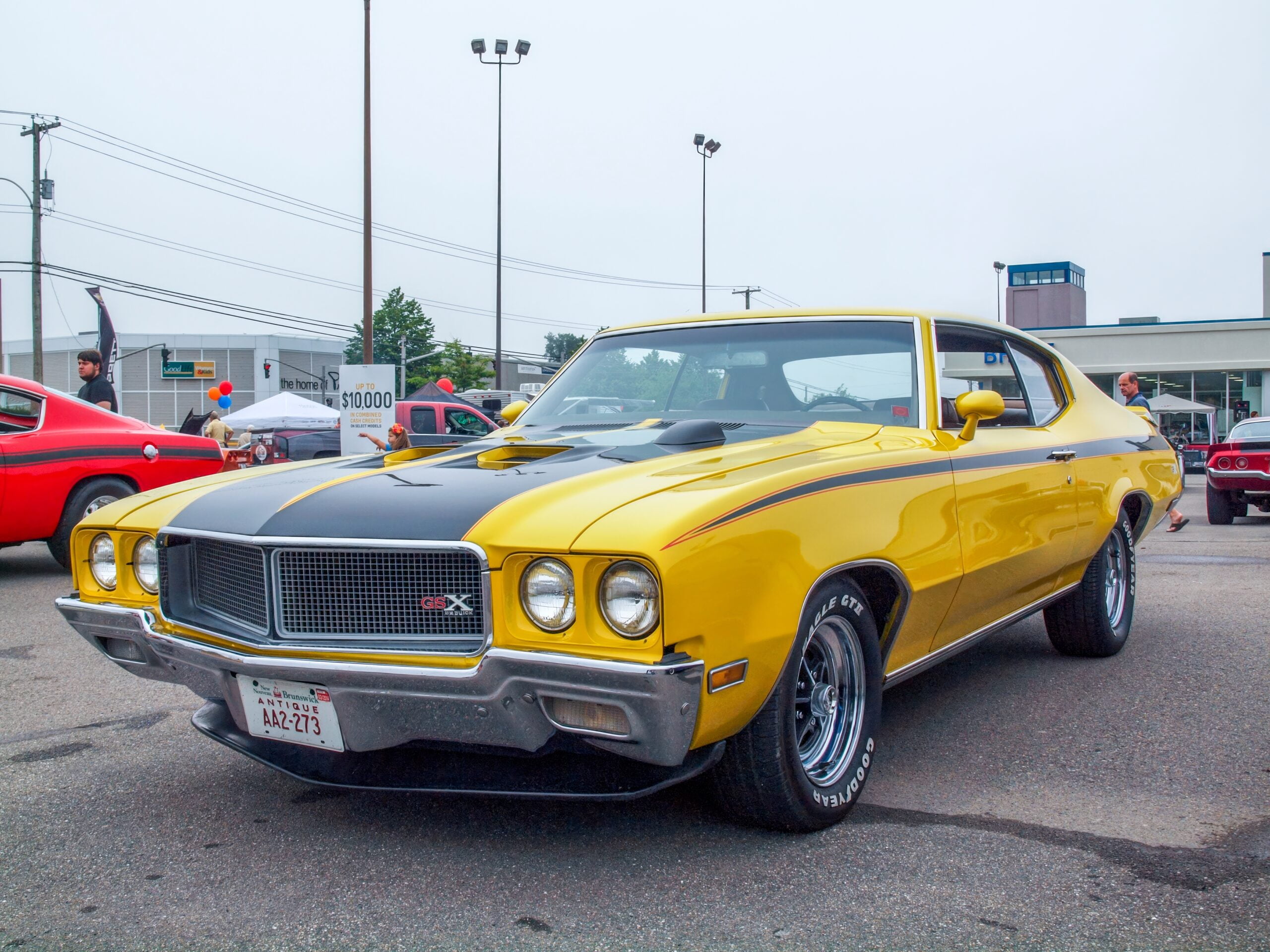
Buick isn’t the brand you’d typically associate with tire-shredding power, but the 1970 GSX was an exception. With a Stage 1 455 cubic inch V8 engine producing 360 horsepower and 510 lb.-ft of torque, the GSX was a torque monster disguised as a daily driver. A heavy-duty suspension, front and rear sway bars, and wider tires for improved handling further enhanced the GSX’s performance. Available in two colors – Saturn Yellow and Apollo White – the GSX looked as aggressive as it performed. This car could humble many a more famous muscle car at the drag strip, offering the plush comfort Buick was known for.
1973 AMC Javelin AMX
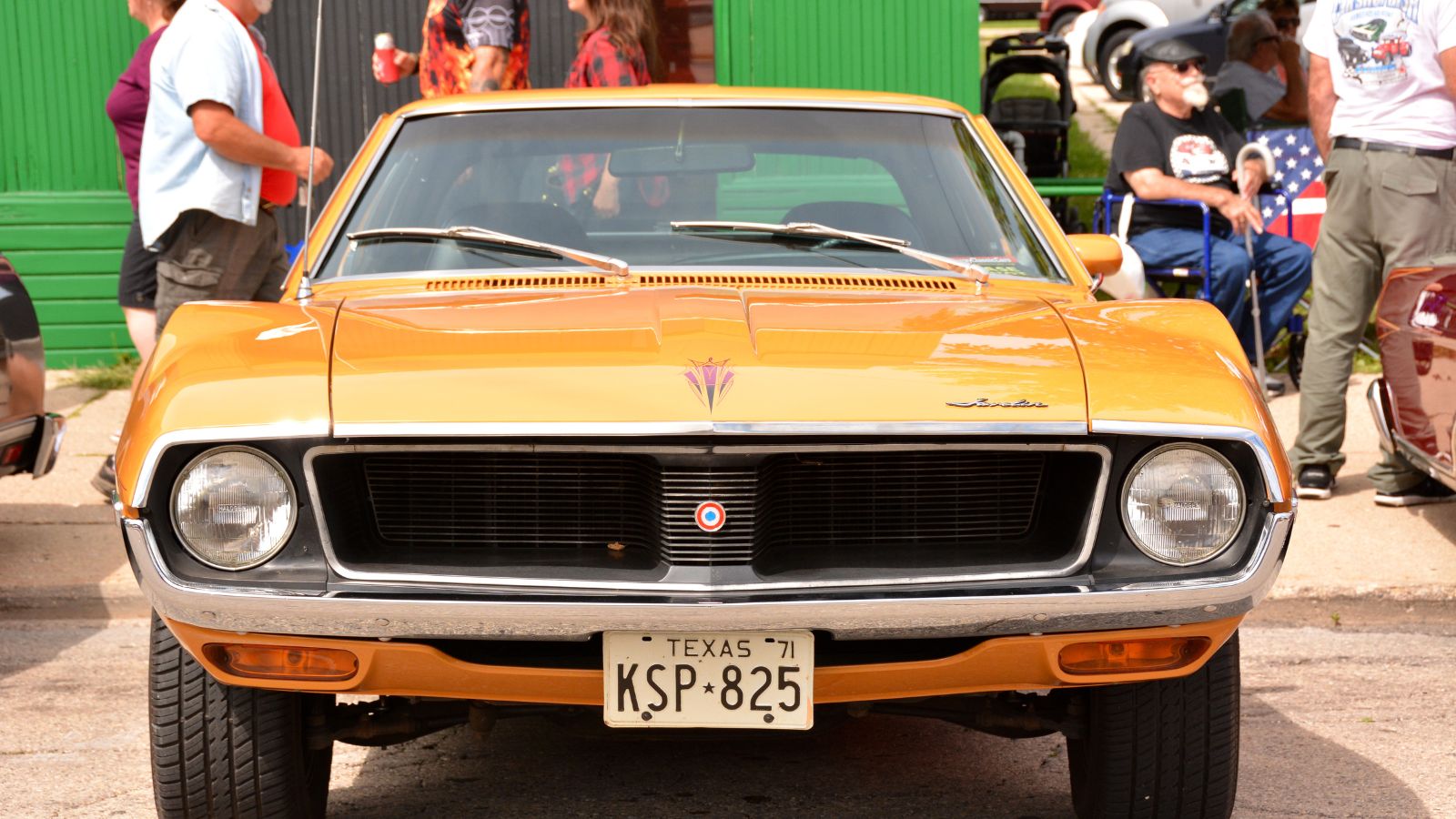
The more popular Mustangs and Camaros may have overshadowed the AMC Javelin AMX, but it was a fierce competitor in its own right. The 1973 iteration featured a distinctive “hump” fender design and a longer hood, giving it a bold, aggressive look. Inside, the Javelin AMX showcased a sporty cockpit with bucket seats and an optional “Rally-Pac” gauge cluster, enhancing its driver-focused appeal. The Javelin AMX was a testament to AMC’s willingness to take risks and innovate, even if it didn’t always result in blockbuster sales. It’s the underdog story every car lover can root for.
1969 Dodge Super Bee


The Dodge Super Bee was designed to be a budget-friendly muscle car, but don’t let the “budget” label fool you – it packed a serious punch. It featured an aggressive front end with a divided grille, dual hood scoops, and bold “Bumble Bee” stripes around the tail. The Super Bee was built on the Dodge Coronet platform, boasting heavy-duty suspension and performance-oriented handling. Under the hood, it came standard with a 383 Magnum V8 engine producing 335 horsepower, with options for the 426 HEMI and the 440 Six Pack. This car was all about no-frills performance, providing raw power at a price that didn’t break the bank—making it the blue-collar hero of the muscle car world.
1971 Ford Torino Cobra
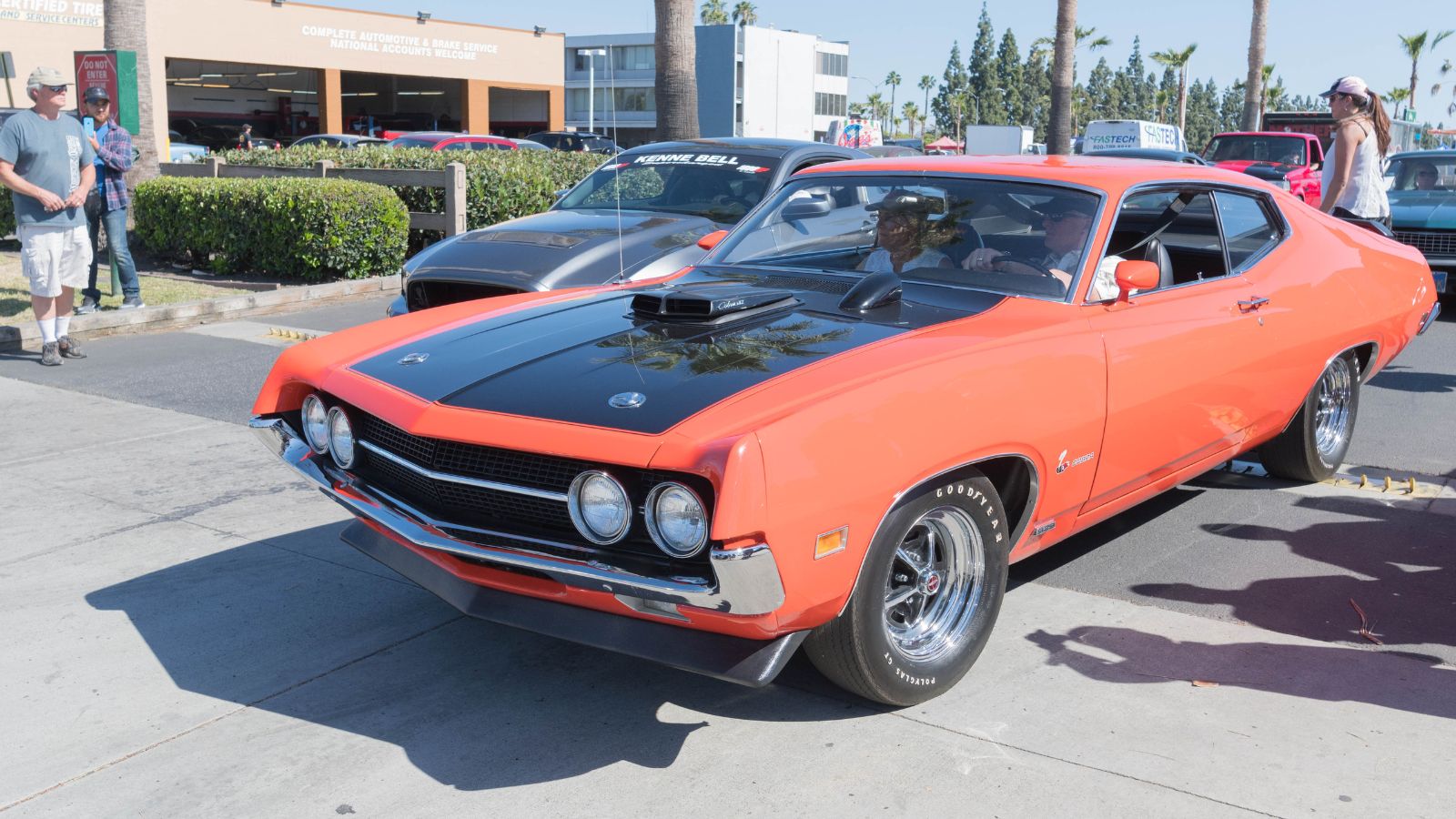
The Ford Torino Cobra often played third fiddle to the Mustang and the Cougar, but it was a force to be reckoned with in its own right. Its design featured a sleek, aerodynamic body with a fastback profile, accentuated by the “shaker” hood scoop that funneled air directly to the engine for improved performance. The Cobra’s bold grille, integrated with quad headlights, gave it a menacing look, while its sporty rear featured prominent taillights and dual exhausts. Inside, the Torino Cobra offered a driver-focused cockpit with bucket seats, a floor-mounted shifter, and a sport steering wheel, emphasizing its performance intent. The Torino Cobra was like a rockstar’s lesser-known sibling: talented, stylish, and just waiting for its moment in the spotlight.
1972 Pontiac Ventura GTO
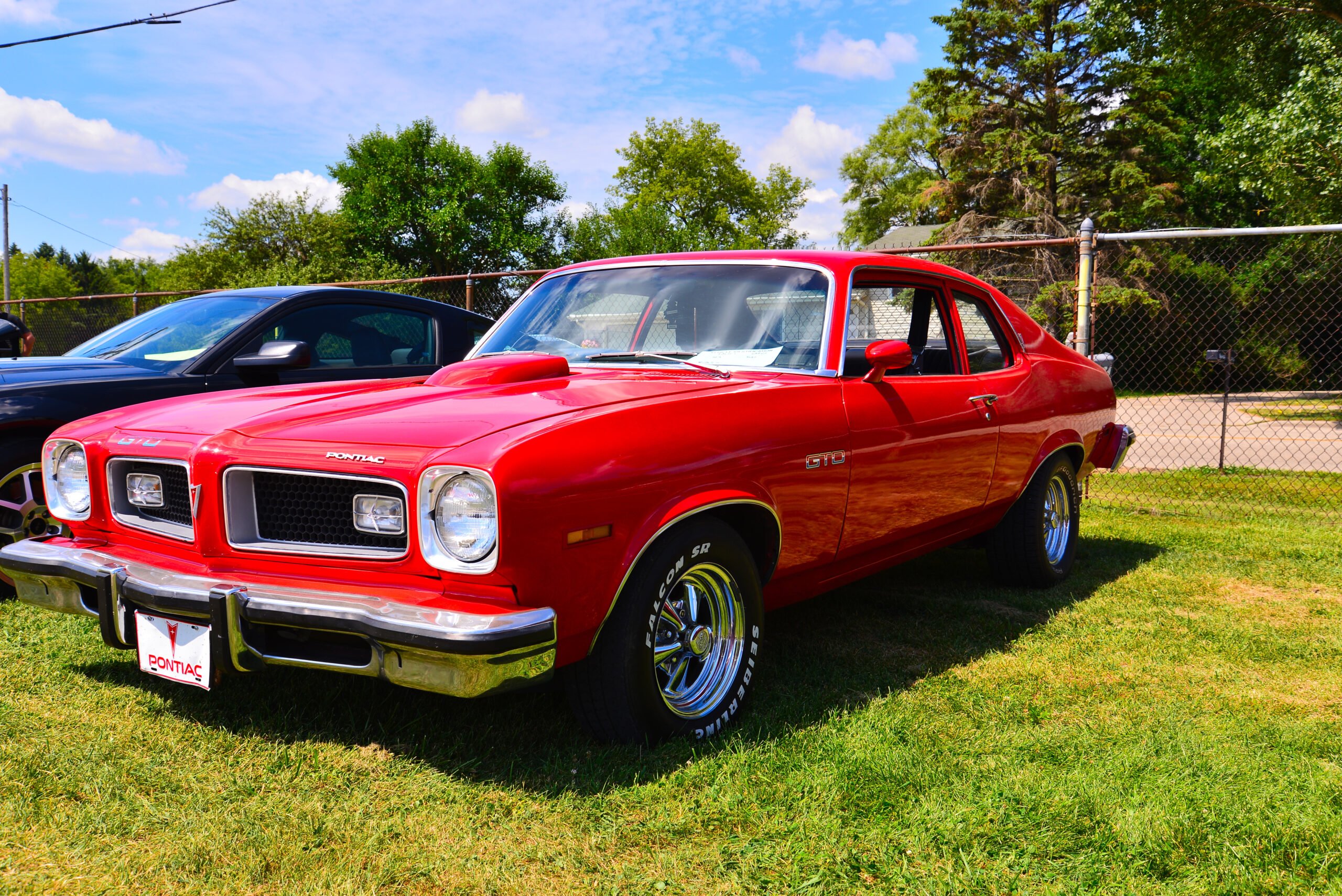
The Pontiac GTO is a muscle car legend, but the 1972 Ventura GTO is often overlooked. Essentially a GTO in a lighter, more compact package, the Ventura GTO featured a distinctive split grille, signature GTO badging, and dual hood scoops that emphasized its sporty intent. Under the hood, it housed a potent 400 cubic inch V8 engine, producing 250 horsepower, which provided ample muscle car performance. The Ventura GTO offered a choice of a three-speed manual or Turbo Hydra-Matic transmission, catering to driving enthusiasts. The Ventura GTO was the jazz musician in a sea of rockstars – not as loud, but just as capable of blowing your mind with its smooth, refined performance.
1967 Plymouth Barracuda Formula S
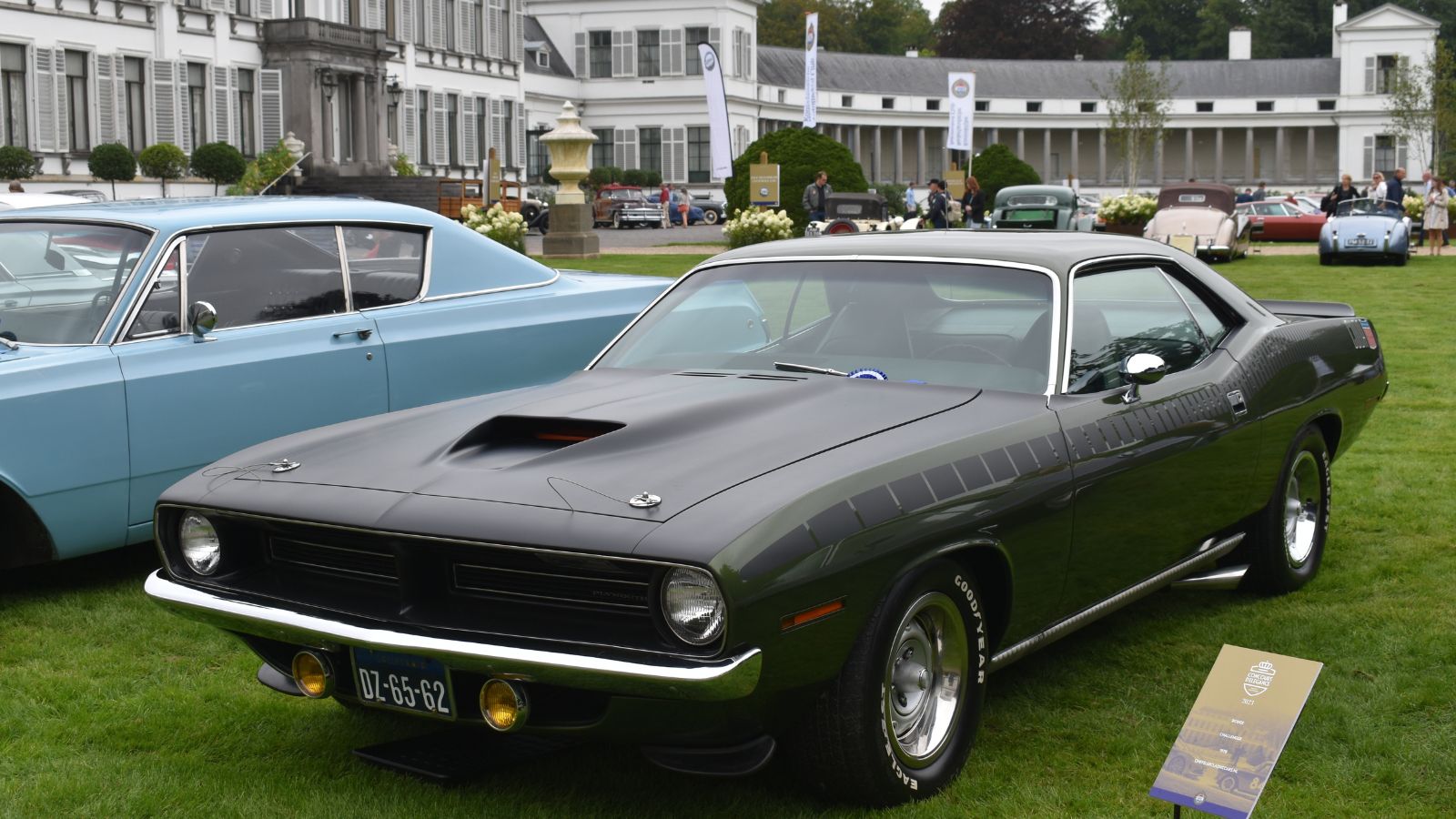
The Plymouth Barracuda is best known for its third-generation models, but the 1967 Barracuda Formula S deserves a nod. This model featured a sleek, fastback design with a large rear window, giving it a sporty look. The Formula S package included upgraded suspension, larger brakes, and a heavy-duty radiator to enhance performance. It housed a powerful 273 cubic inch V8 engine, capable of producing 235 horsepower, paired with a four-speed manual or a three-speed automatic transmission. The Formula S also featured unique badging and striping, setting it apart from the standard Barracuda models. The Formula S is the unsung hero of the Barracuda lineup, offering a perfect blend of style and substance.
14 Cars with a Reputation for Running Forever and Why They Outperform the Rest
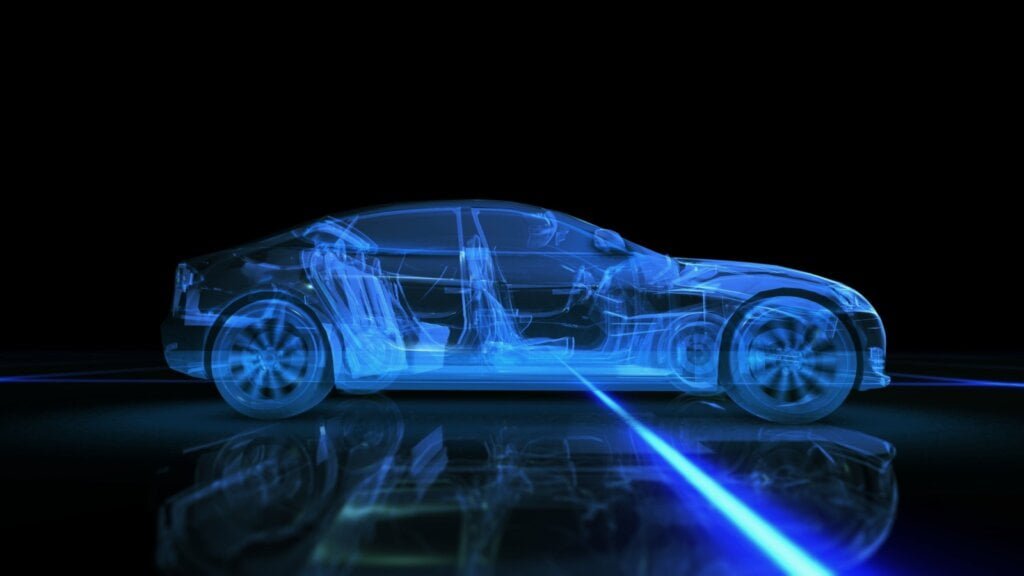
In the dynamic world of automobiles, some cars stand out for their remarkable longevity and enduring performance. These road warriors have earned a reputation for running seemingly forever, outpacing their counterparts. This article will explore 14 such vehicles and the reasons behind their legendary durability.
14 Cars With A Reputation For Running Forever And Why They Outperform The Rest
